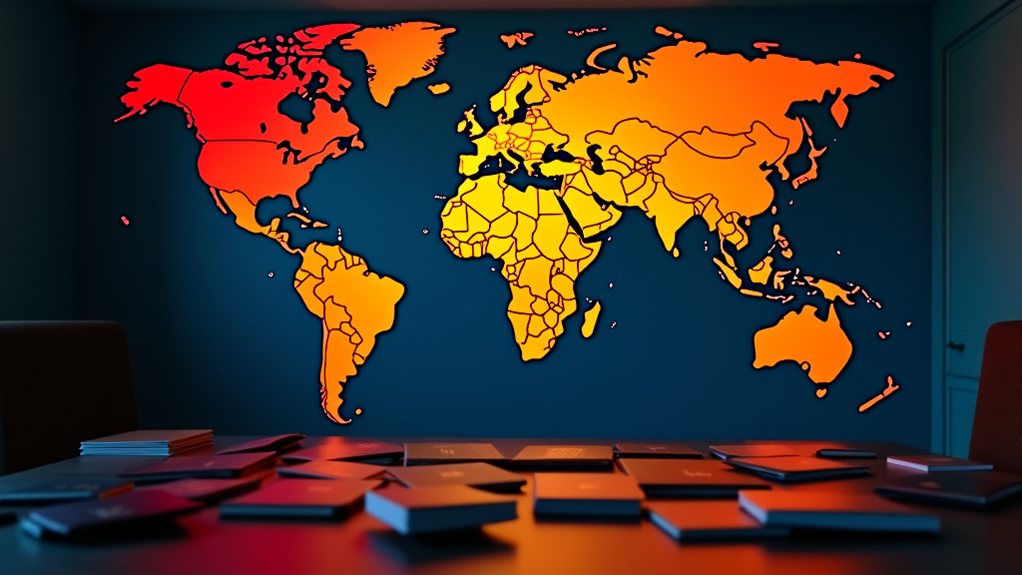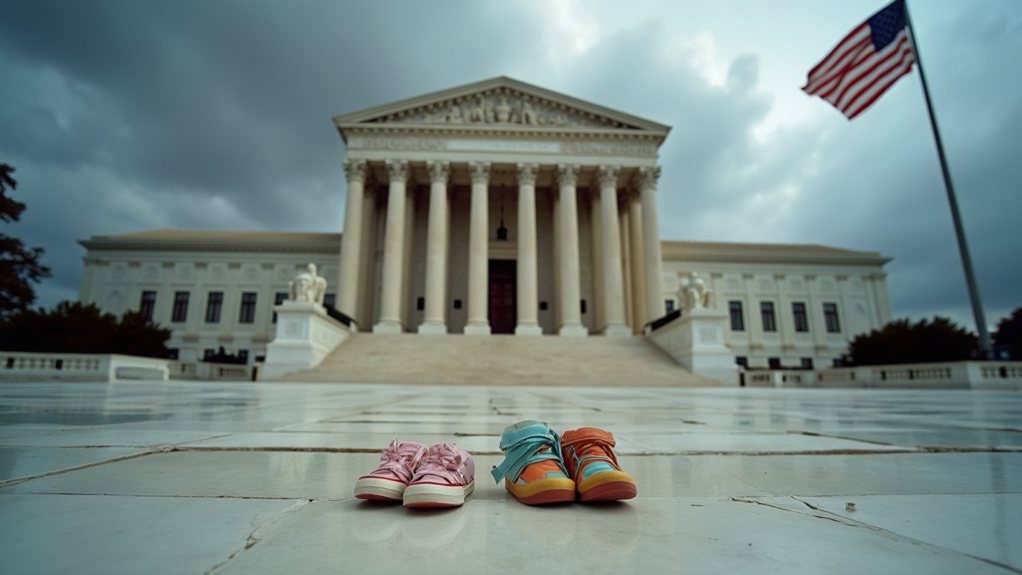The Trump administration is considering a new travel ban that could affect up to 43 countries. This proposed ban uses a color-coded system to classify countries into three lists: red, orange, and yellow. The red list includes 11 countries facing a complete travel ban, while the orange list includes countries that will have partial visa restrictions. The yellow list countries are given 60 days to address specific security concerns.
The countries on the red list include Afghanistan, Bhutan, Cuba, Iran, Libya, North Korea, Somalia, Sudan, Syria, Venezuela, and Yemen. The orange list includes Eritrea, Haiti, Laos, Myanmar, and South Sudan. The yellow list contains Belarus, Pakistan, and Turkmenistan among 26 others. There is also talk of adding Afghanistan and Pakistan to the red list. Critics of the ban point out that many of the affected nations are mainly Muslim.
The administration justifies the travel ban through an executive order issued on January 20, 2025. This order mandates a security review citing the need to protect the country from foreign terrorist threats. It requires a report identifying countries with inadequate vetting procedures to ensure national security. This proposal builds on previous travel bans from Trump's first term and aims to align with a Supreme Court ruling in Trump v. Hawaii. Additionally, the red list represents an extension of previous travel restrictions targeting predominantly Muslim nations.
The implementation of this travel ban may happen as early as late March 2025. Officials have 60 days to identify threat countries, with the final report due by March 21, 2025. The impact on different visa categories could be significant. The red list would see a complete suspension of visas. Meanwhile, tourist, student, and immigrant visas for the orange list could be restricted.
Critics worry about the potential for disrupting international travel and education. Concerns also arise regarding the arbitrary nature of the country selections and their effectiveness in improving national security.







